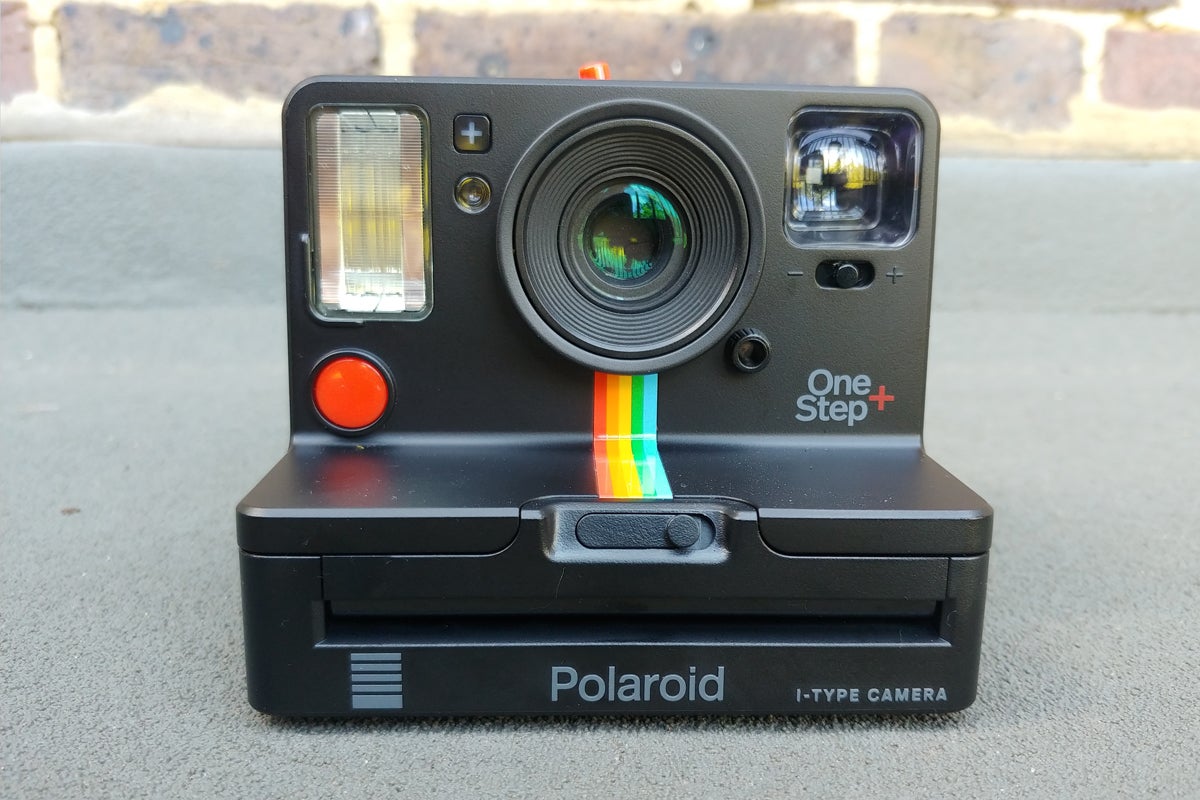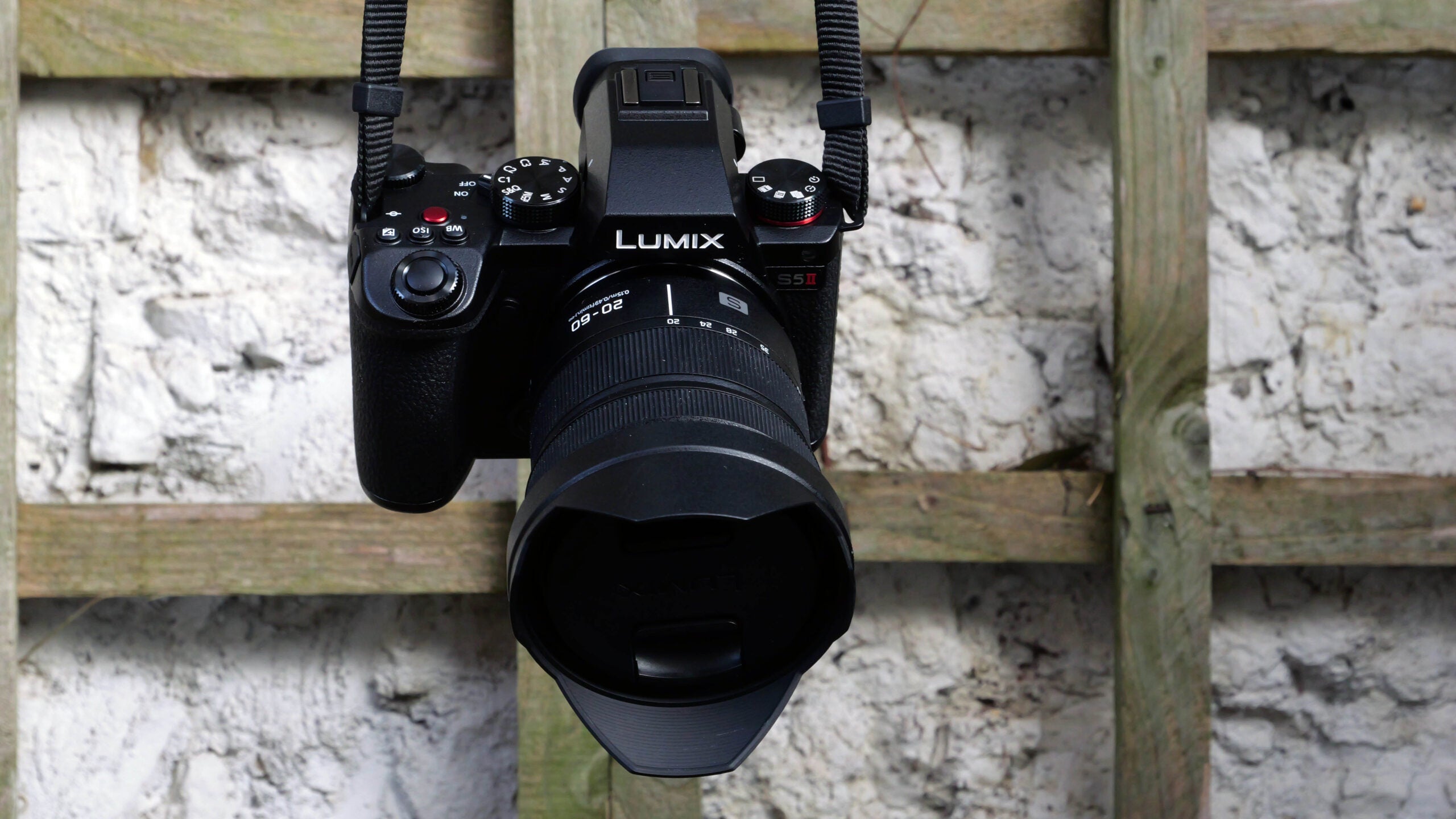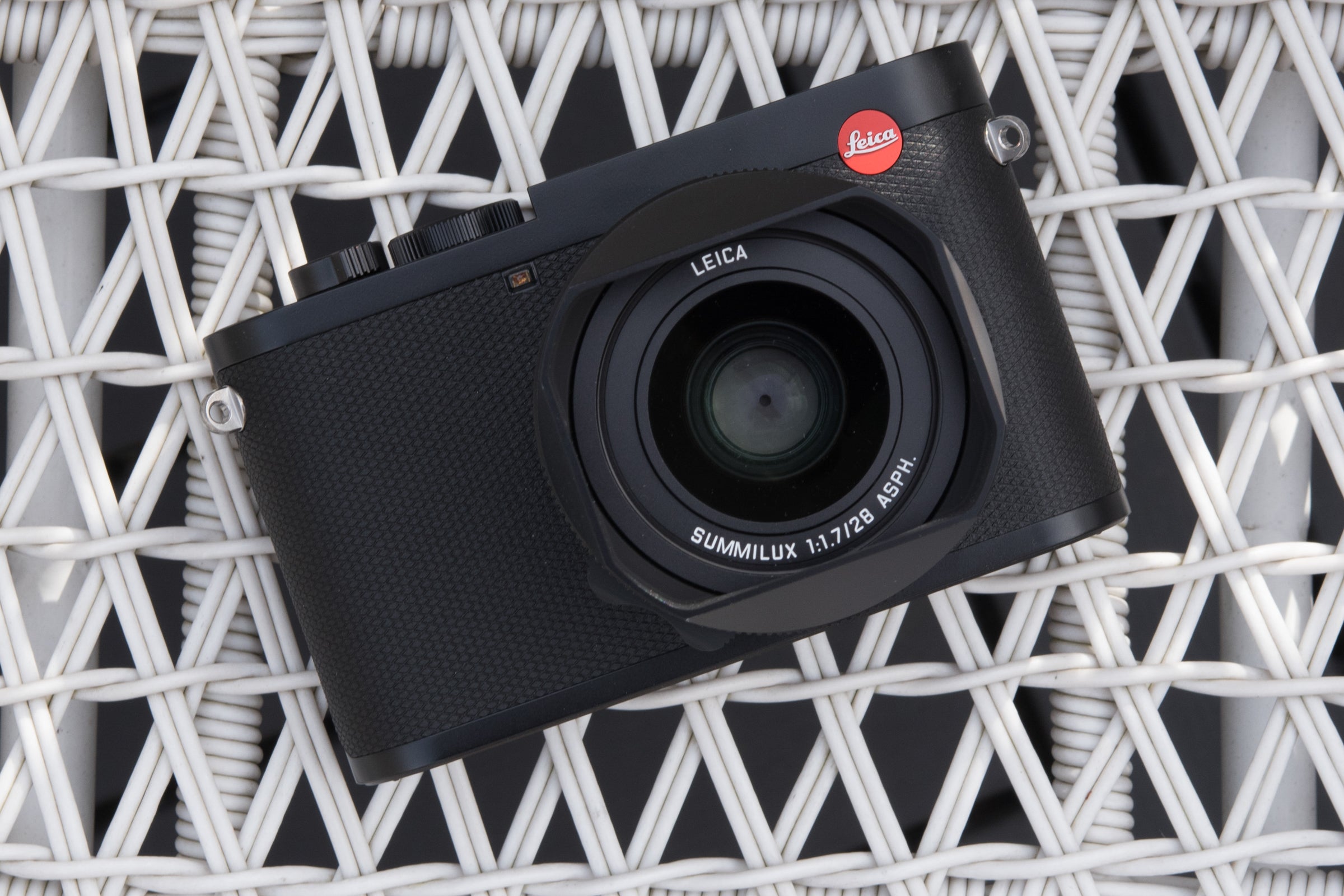Best Instant Camera 2024: Our favourite cameras for instant prints

If you’re looking for a simple way to capture your memories in print, an instant camera is a great buy. From old-school Polaroids and retro Lomography cameras to cute and kitschy Instax models, there’s bound to be an instant camera that matches your style.
As with any camera, instant cameras come in many different shapes and sizes with a wide variety of specs and features worth considering.
One of the most pressing decisions is whether you want to go analogue or hybrid with your instant camera.
Think of analogue instant cameras as the more traditional format, offering a straightforward shoot-and-print experience wherein what you see through the viewfinder is what you get. Hybrid models, meanwhile, integrate some of the perks of digital cameras. This can be in the form of a digital display, a smartphone app where you can add text, stickers and even QR codes or just the option to pick and choose which photos emerge from the printer.
Hybrid models are a great option if you’re conscious about wasting film on disappointing or unflattering shots, whereas analogue cameras deliver that spontaneity you might be seeking by picking up an instant camera in the first place.
Other important factors to consider include design, battery life, image quality and the size of your prints. Most Instax cameras, for example, will output either Wide, Square or Mini sized prints.
Scroll down to learn more about our current top picks when shopping for instant cameras or visit our other best lists to discover more fantastic cameras. These include the best cameras, best mirrorless cameras, best DSLRs and best action cameras.
We’d also recommend checking out our guide to the best printers if you’re interested in picking up an instant printer or a more general photo printer for your snaps.
Best instant cameras at a glance
- Best hybrid instant camera: Fujifilm Instax Mini Evo – check price
- Best looking instant camera: Fujifilm Instax SQ1 – check price
- Best instant camera for beginners: Fujifilm Instax Mini 12
- Best instant camera for creativity: Lomo’Instant Automat – check price
- A different take on the SQ1: Fujifilm Instax Square SQ40
How we test
We test every camera we review thoroughly. We use set tests to compare features properly and we use it as our main device over the review period. We’ll always tell you what we find and we never, ever, accept money to review a product.
- It looks fantastic
- Plenty of effects to add an extra flair to shots
- Easy to use
- Digital smarts save on wasted shots
- Screen is difficult to see in bright conditions
- Some odd quirks with the UI and app
- Slow to charge
- Really nice design and colour options
- Super easy to use
- Great pictures that are a good size
- Well made for selfies
- Lack of features might annoy some
- Doesn’t have a rechargeable battery
- Large
- Fun, bubbly design
- Small, wallet-sized prints
- Mirror for framing selfies
- App delivers glare-free scans
- Struggles to focus in low-light
- Chunky size
- Easy to use
- Can create multiple exposures
- Small and expensive film
- Lack of manual control option
- Classic black and silver design
- Easy to operate
- Bright, stylised shots
- Close-ups can be blurry
- Instax film isn’t cheap

Fujifilm Instax Mini Evo
Best hybrid instant camera
Pros
- It looks fantastic
- Plenty of effects to add an extra flair to shots
- Easy to use
- Digital smarts save on wasted shots
Cons
- Screen is difficult to see in bright conditions
- Some odd quirks with the UI and app
- Slow to charge
The Fujifilm Instax Mini Evo is Fujifilm’s best hybrid instant camera and the only one in this list to be awarded 4.5/5 stars.
The Mini Evo has a vintage aesthetic reminiscent of the Fujifilm X100V compact camera with its black faux leather finish and silver details and the plastic construction keeps it lightweight. There’s a 3-inch LCD screen for previewing photos and controls include a lens that turns to switch on the camera, two shutter buttons, flash, a preset dial and a physical lever to print your snaps.
The hybrid design means you don’t need to waste paper and ink printing out every shot you take and the camera can hold 45 images (or more with a microSD card), while still delivering on the charm of an instant camera.
We found the image quality of the Mini Evo to be comparable to other Instax cameras with punchy colours and a decent amount of detail, but skin tones can come out quite pale and the camera struggles with focus in less-than-ideal lighting situations.
There’s also an array of filters to choose from, including vivid, pale and monochrome, as well as lens effects like vignetting, soft focus and blur.
Reviewer: Max Parker
Full review: Fujifilm Instax Mini Evo

Fujifilm Instax SQ1
Best looking instant camera
Pros
- Really nice design and colour options
- Super easy to use
- Great pictures that are a good size
- Well made for selfies
Cons
- Lack of features might annoy some
- Doesn’t have a rechargeable battery
- Large
The Fujifilm Instax SQ1 is a stylish instant camera ideal for printing larger images and capturing selfies.
The SQ1 has an attractive but rather chunky design in a choice of three vibrant colours and a large lens taking up the majority of the space on the front of the camera. Everything important, such as the textured grip, the shutter button and the small viewfinder, sits on one side of the camera making it a little less ideal for left-handed people. However, we found the camera to be durable and comfortable to shoot with.
Unlike Fujifilm’s Mini cameras, the SQ1 uses Instax’ 62mm x 62mm Square film and there’s no display to preview your images here, giving it a slightly more spontaneous feel than the hybrid Mini Evo. However, there’s also no USB port, meaning you’ll need to change the CR-2 battery when the camera runs out of charge. We found this to be the case after around 100 shots.
Shooting with this camera is simple, with no fiddly settings here and only two shooting modes: regular and a selfie mode that uses a small mirror to help you line up your shot.
As far as image quality goes, the auto-exposure does a good job at getting light from dark scenes, as does the flash. Colours are soft and natural, but photos aren’t the sharpest. We found the fixed-focus lens to be great for portraits but hit and miss for landscapes, blurring objects further in the distance.
Reviewer: Max Parker
Full review: Fujifilm Instax SQ1

Instax Mini 12
Best instant camera for beginners
Pros
- Fun, bubbly design
- Small, wallet-sized prints
- Mirror for framing selfies
- App delivers glare-free scans
Cons
- Struggles to focus in low-light
- Chunky size
The Fujifilm Instax Mini 12 has a cute design and simple controls that make it an easy choice for anyone looking to pick up their first instant camera.
The Instax Mini 12 has the familiar bright and bubbly design the Mini line is known for, making it as cute of an accessory as it is a camera.
Fujifilm has done away with the power button found on the Instax Mini 9 and the Mini 11 and instead chosen to wrap the power button into the twisting mechanism already present on the lens. This means you can twist once to power up the camera and twice to enter the Close-Up (or selfie) mode.
This and the shutter button are the only controls you’ll need to know to get started with the Instax Mini 12 as the exposure and flash are fully automatic and there’s a mirror to help frame selfies. This is fantastic for beginners or anyone gifted the camera and unsure of how to get started.
The Instax Mini 12 is compatible with Instax Mini film, making it ideal for printing out small, credit card-sized photos that work out at around 75p a shot. That being said, if you’re anxious about wasting film, you might be better off opting for a hybrid camera, like the Instax Mini Evo, or an instant printer, such as the Instax Square Link.
We found photos shot with the Instax Mini 12 to be sharp with detail. There’s a good amount of contrast in the images and colours are on the cooler side, delivering the slightly faded look you’d expect from instant film.
The camera can struggle to focus in low-light situations – especially in the Close-Up mode – and we had difficultly centring shots at times despite the new Parallax Correction feature designed to prevent this.
However, the Instax Mini 12 is a fantastic instant camera for anyone looking to get into instant photography for the first time.
Reviewer: Hannah Davies
Full Review: Fujifilm Instax Mini 12

Lomo’Instant Automat
Best instant camera for creativity
Pros
- Easy to use
- Can create multiple exposures
Cons
- Small and expensive film
- Lack of manual control option
The Lomo’Instant Automat is an instant camera with a vintage style for those looking for a non-Instax option great for taking on the go.
The camera is automated, making it easy to get to grips with for beginners. However, the focus is manual, allowing you to choose between close for portraits, mid-range for group shots and infinity for landscapes. You can also turn the flash on and off and experiment with exposure by adding and removing exposure compensation or turning to the Bulb mode for long exposure images.
The standard lens have an equivalent focal length of 35mm but you can also invest in converter lenses for added functionality.
The small viewfinder is used to frame images, though we found it wasn’t always the most accurate and doesn’t adjust when you change lens adapters, meaning you’ll only see a rough approximate of what you’re shooting. There’s also the option to take selfies, with the shutter release button doubling as a mirror.
We found that images shot on the Automat were mixed but that’s part of the charm of shooting with an instant camera. The camera produces colourful results in bright conditions and surprisingly natural ones with the flash on in darker settings, though we did see the odd light leak or lens flare
Though this camera is built by Lomography, it uses the Instax format of film, making it readily available when you need to stock up. It’s also powered by two CR2 batteries with no USB charging on board. There’s also no display on the back, meaning you can’t preview your images before they print.
Reviewer: Amy Davies
Full review: Lomo’Instant Automat

Fujifilm Instax Square SQ40
A different take on the SQ1
Pros
- Classic black and silver design
- Easy to operate
- Bright, stylised shots
Cons
- Close-ups can be blurry
- Instax film isn’t cheap
The Fujifilm Instax Square SQ40 is Fujifilm’s latest square format instant camera and a great alternative to the Instax SQ1 for anyone looking for something with a more classic appearance.
Internally, the SQ40 is largely identical to the SQ1. Both cameras have large but lightweight designs and are incredibly simple to operate, making them ideal for anyone new to instant photography.
The image quality on the SQ40 is great too. We found the camera picked up a decent amount of detail and contrast during our time reviewing it. Meanwhile, the automatic exposure and flash provide enough light to brighten up the subject regardless of the time of day.
The results were blurry at times – especially when snapping pics from a shorter distance – but small imperfections like fuzzy text and blown-out lights can also add character to an instant photo so we didn’t find this to be a dealbreaker.
Because the biggest differences between the SQ40 and the SQ1 lay in the physical design, the SQ40 is less an upgrade and more of an alternative option for anyone who wants a square format camera but prefers the black faux leather finish and silver details already found on the Instax Mini 40 and Instax Mini Evo, as opposed to the brightly coloured design of the SQ1.
Like the SQ1, the SQ40 accepts Fujifilm’s Instax Square film, which measures 62 x 62mm or 86 x 72mm including the borders. The company sells this film in packs of 20 with 10 shots available from each of the two cartridges in the box. This should work out at around 85p a shot, though anyone hesitant about wasting film may want to check out the Instax Square Link before making a final decision on either of the Square models.
Reviewer: Hannah Davies
Full Review: Fujifilm Instax Square SQ40
We also considered…
We’ve reviewed
See all reviewsFAQs
Of the above, only the Instax Mini Evo has a screen. This makes it a hybrid instant camera, as it combines digital features with the ability to print your cameras on the go
Some instant camera feature mirrors on the front to help you frame selfies as this can be tricky when you can’t look through the viewfinder.
This depends on the camera you buy. The Instax SQ1 uses large square film, while the Mini Evo, Mini 12 and Lomo’Instant Automat supports smaller rectangular film. We’d recommend always checking your specific camera to make sure you pick up the correct make and size of film.














